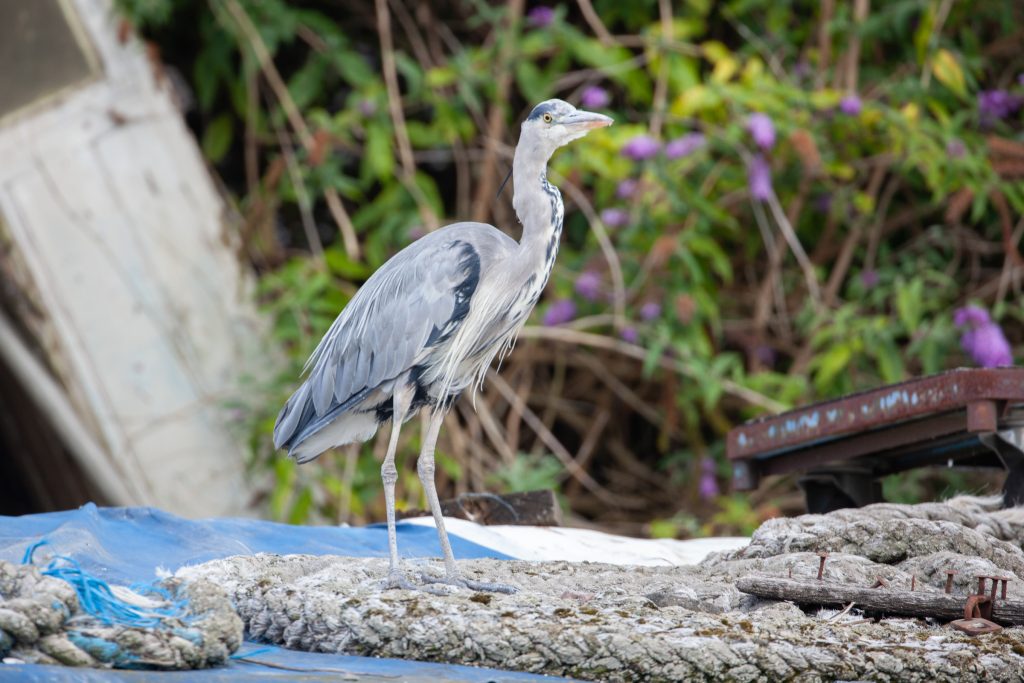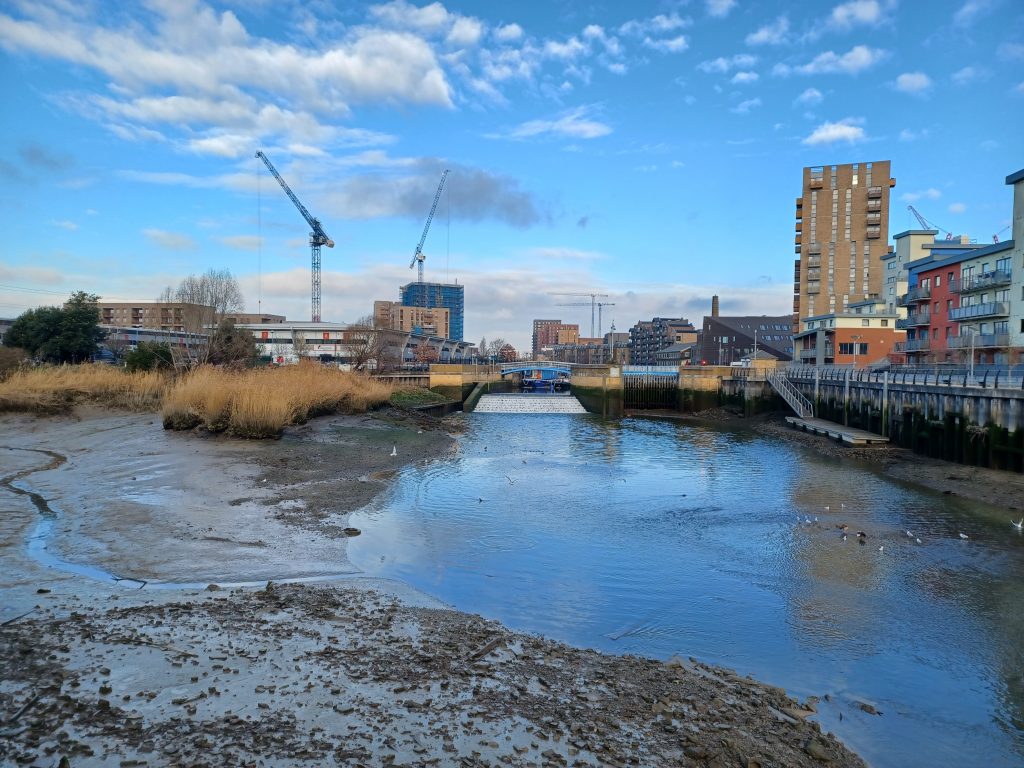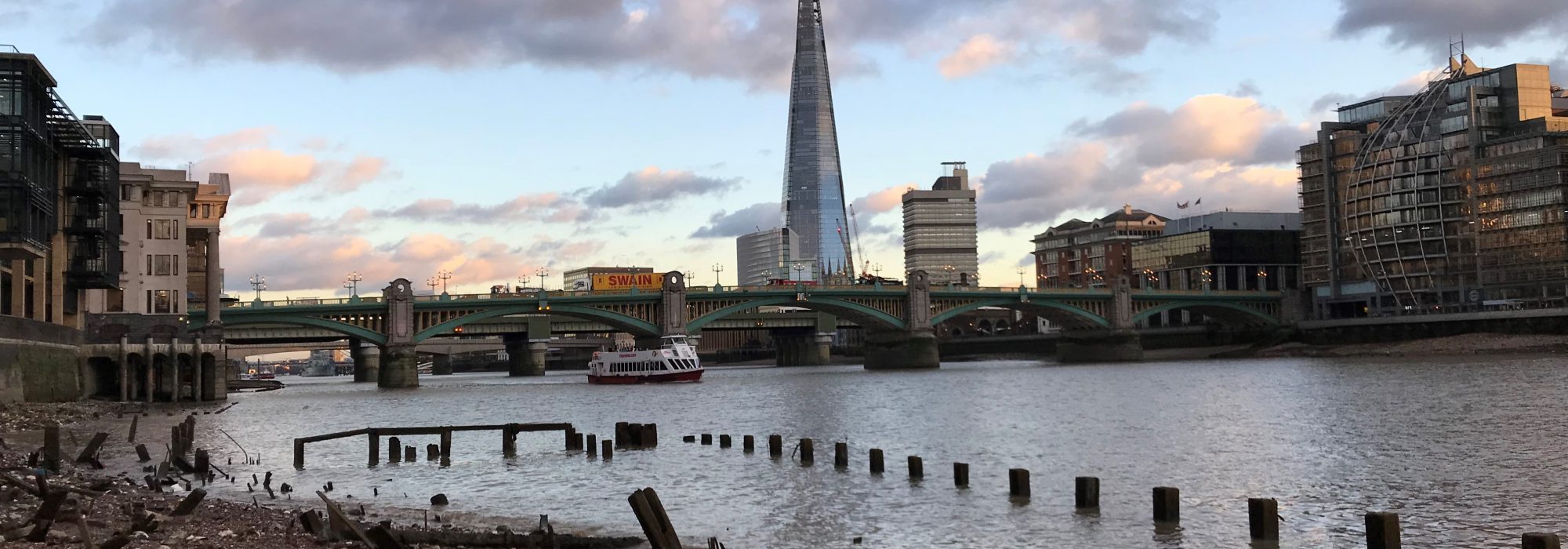What is the tidal Thames?
London is a coastal city – its tidal river hosts seals, seahorses and porpoises
Twice a day the Thames undergoes an incredible transformation – from a slow-moving river to a brimming marine environment as the North Sea floods inland. This remarkable event – governed by the moon – changes river height by up to 7m in just six hours. This 95 mile stretch from Teddington to Southend influenced by the ocean tides is the tidal Thames.
As the sea water recedes it reveals a vast and beautiful riverbed that makes up London’s largest natural space.
This is a place for everyone to enjoy
See Thames Estuary Partnership’s wonderful virtual journey for more info.

It’s now full of wildlife thanks to improvements in sewage and industrial waste treatment. Over 120 species of fish have been recorded in the river since the 1950s and marine mammals such as seals and porpoises have made a remarkable recovery.
Sewage is a huge issue in the river. Even a light drizzle of rain causes untreated sewage to spill into the River Thames from London’s Victorian sewer network. This adds up to tens of millions of tonnes of sewage entering the tidal Thames every year.
The Thames Tideway Tunnel will deal with around 95% of the sewage discharged in central London between Hammersmith & Greenwich. However, unacceptable discharges of raw sewage into the Thames will continue upstream of Hammersmith.
Further investments in sewerage infrastructure are needed urgently from water companies to address sewage in the Thames.
These are great places for small fish to stay out of the main river and away from predators. As the city has grown, buildings and flood defences have removed this crucial habitat. The little pockets that survive, such as that the reedbeds below at Barking Creek, are invaluable habitat for wildlife and should be treasured.

